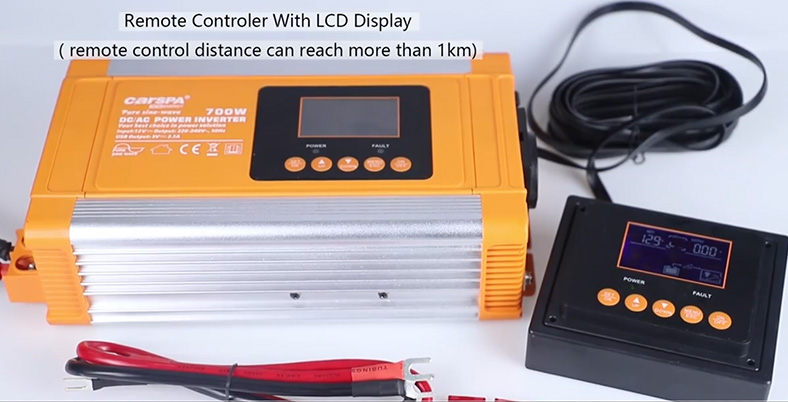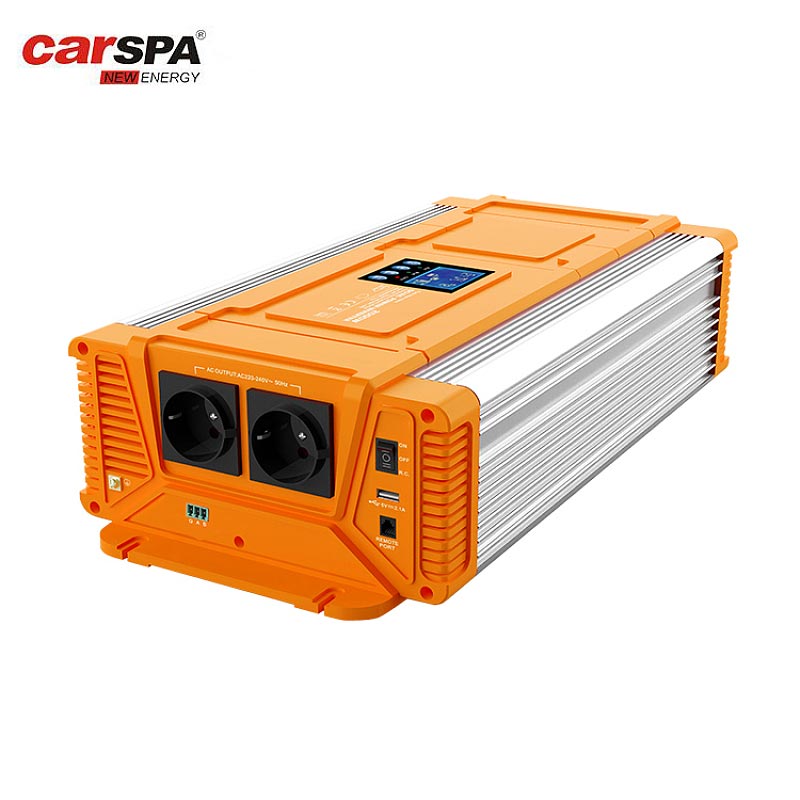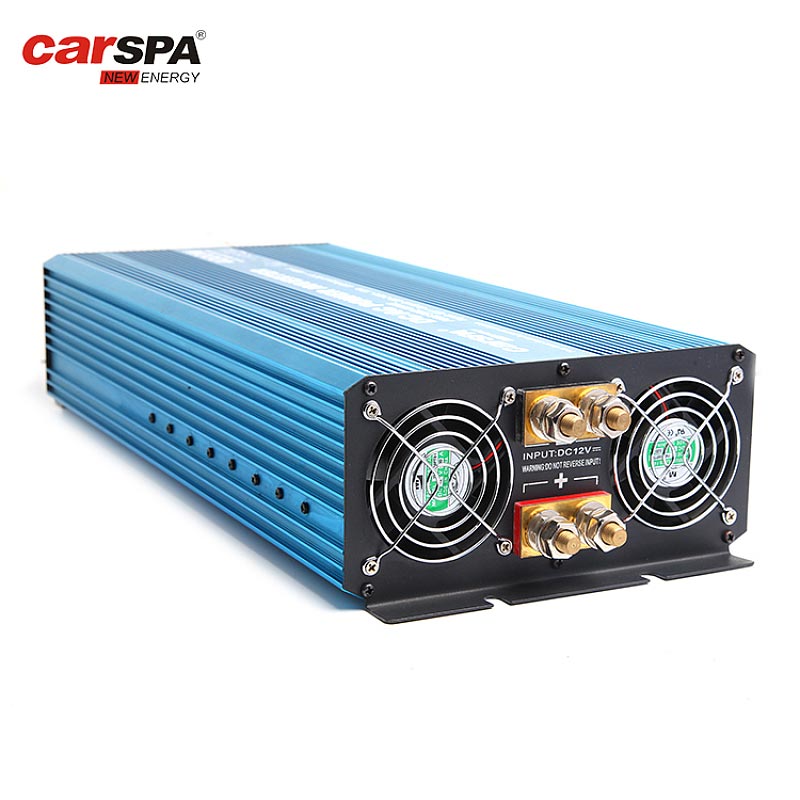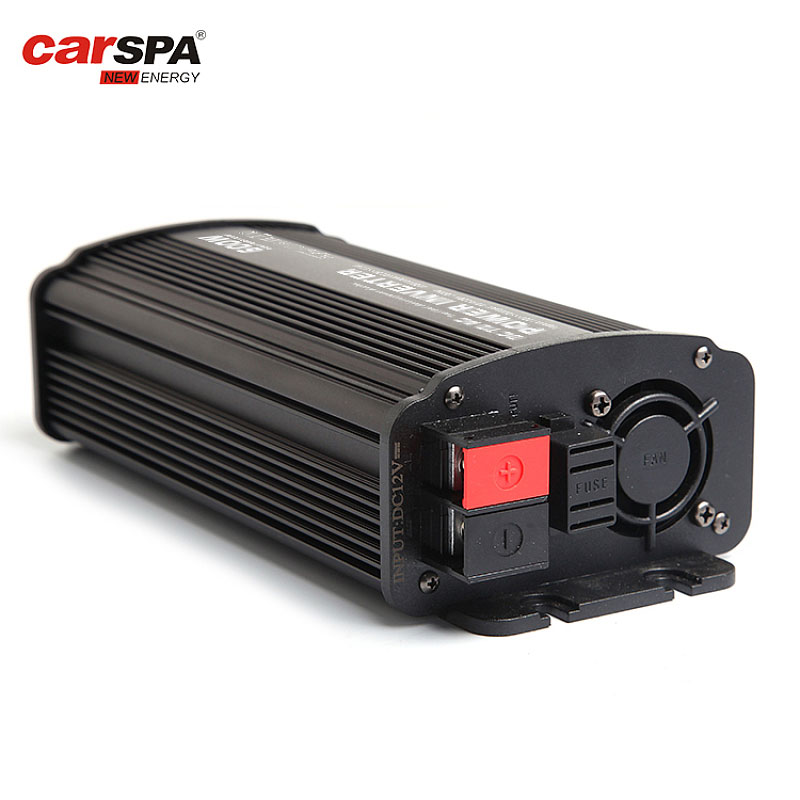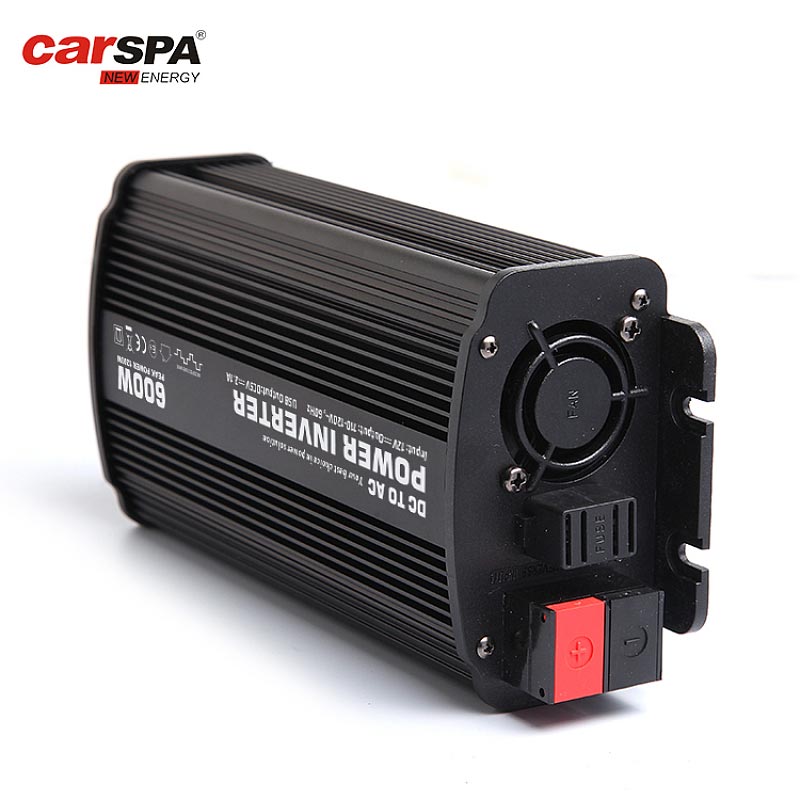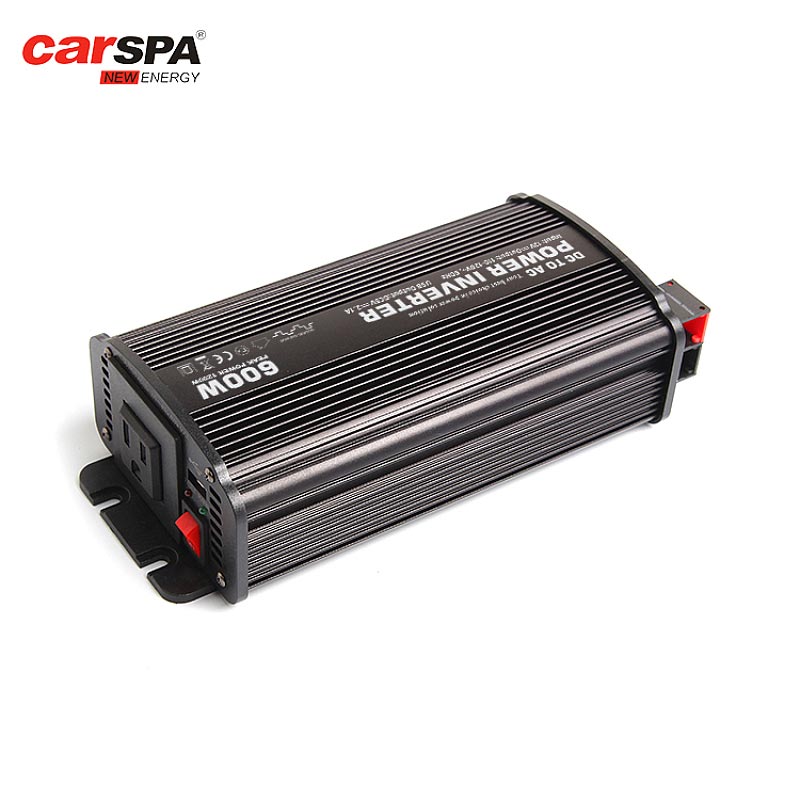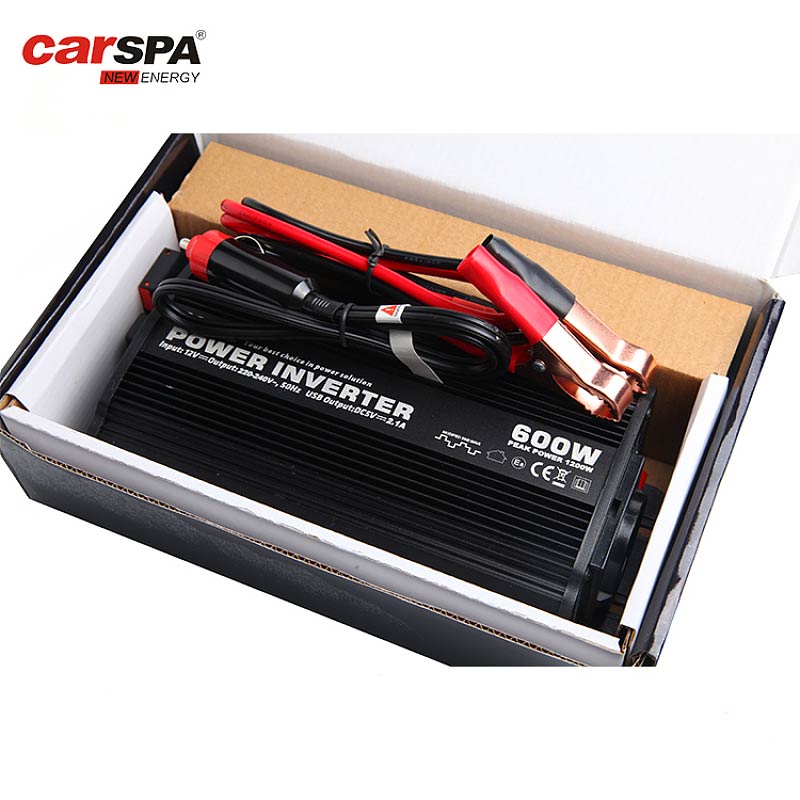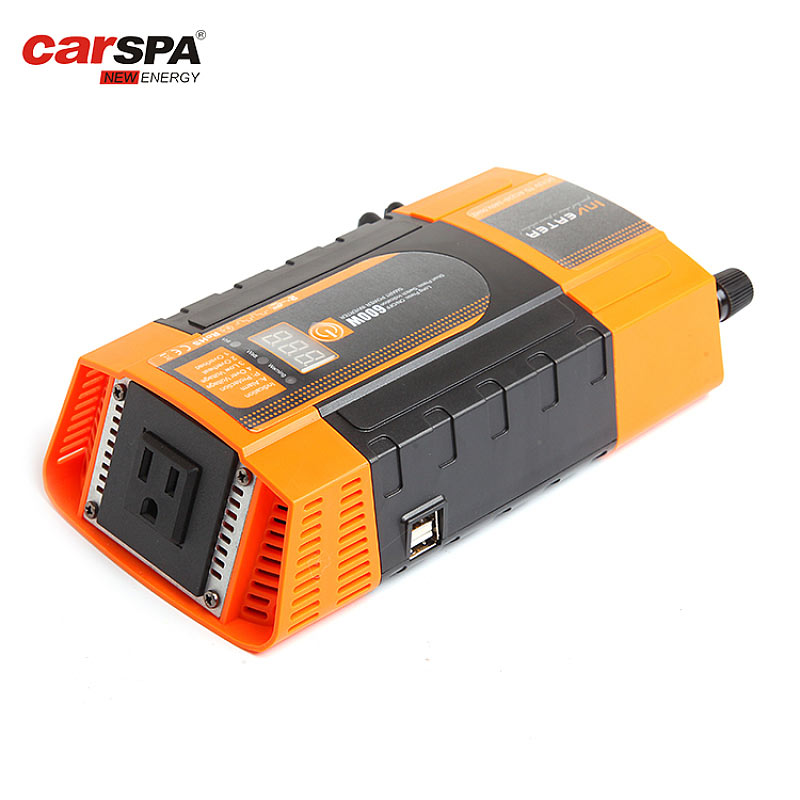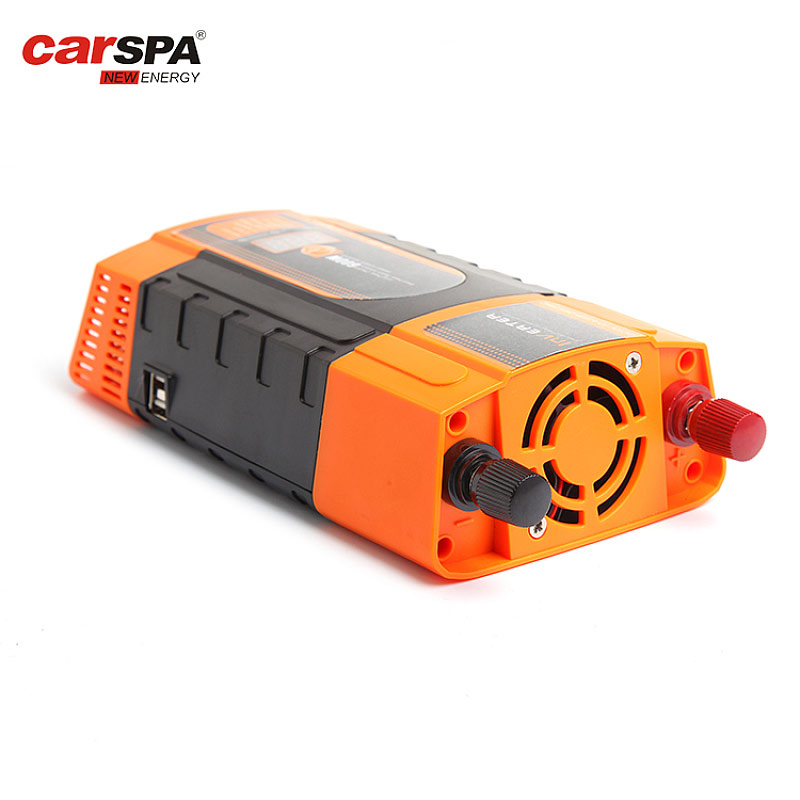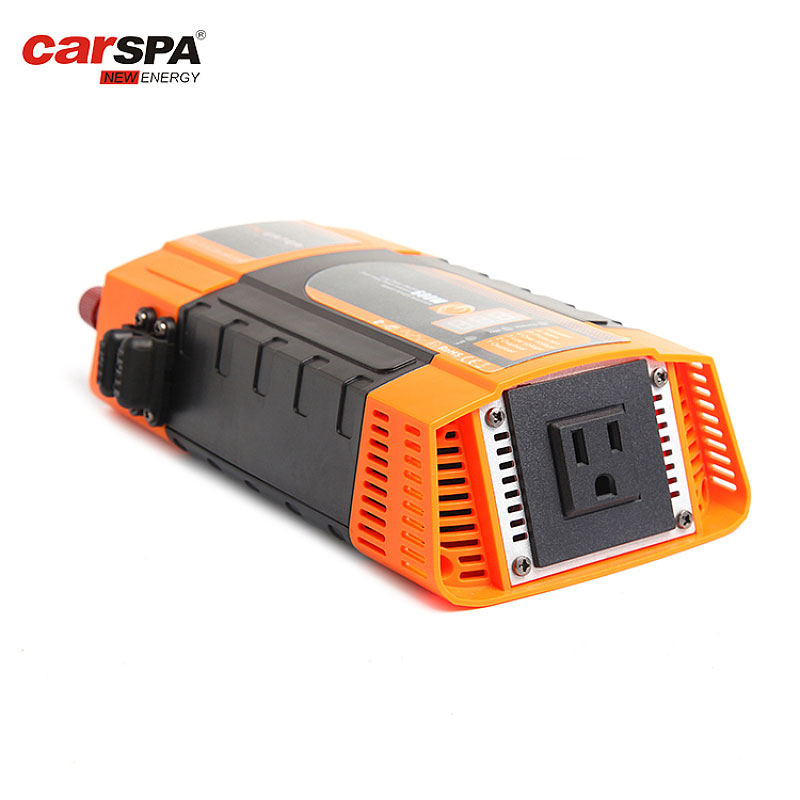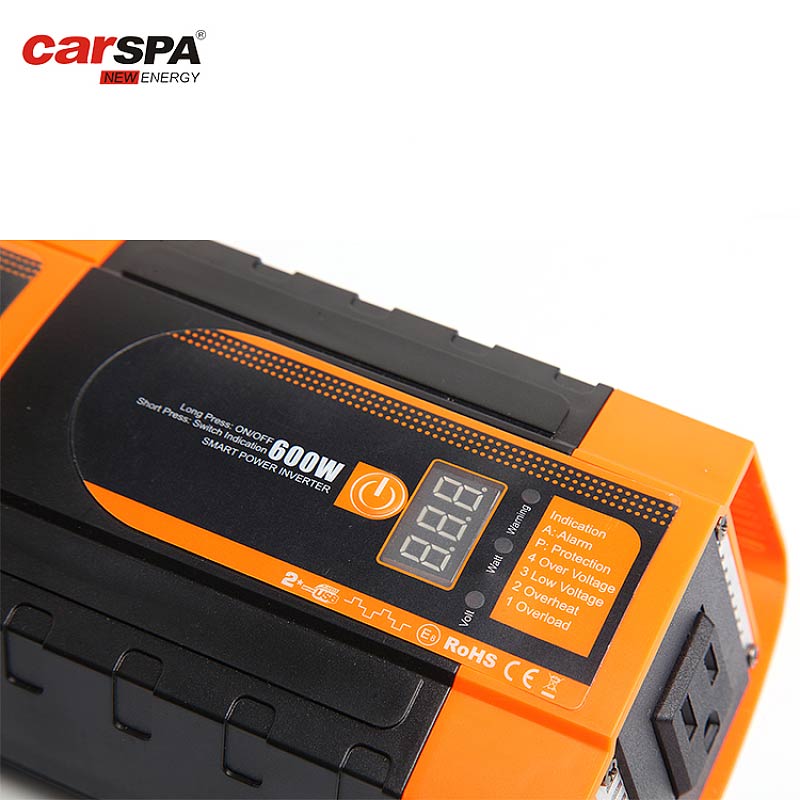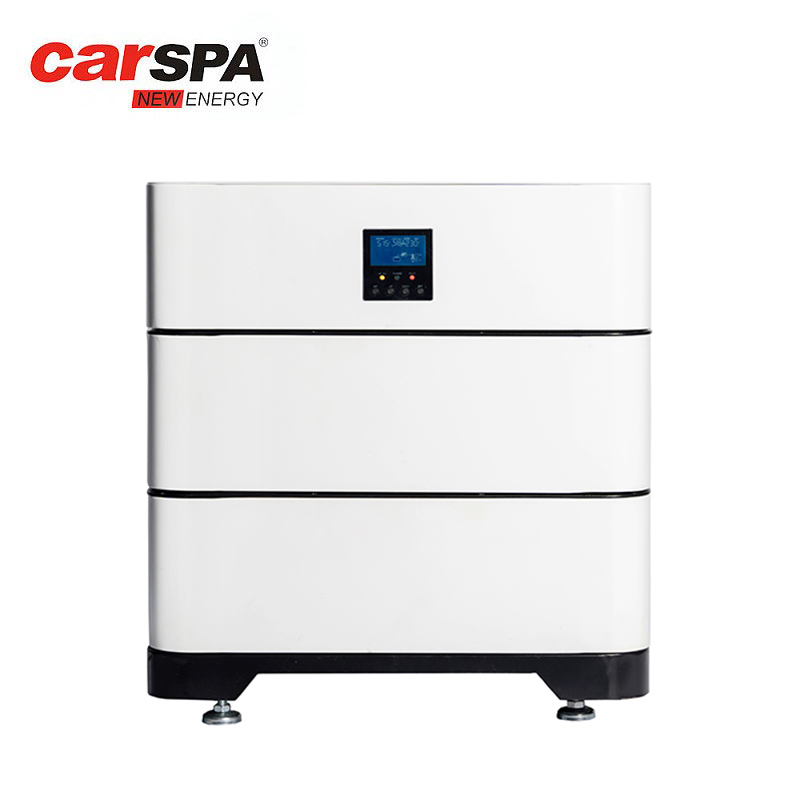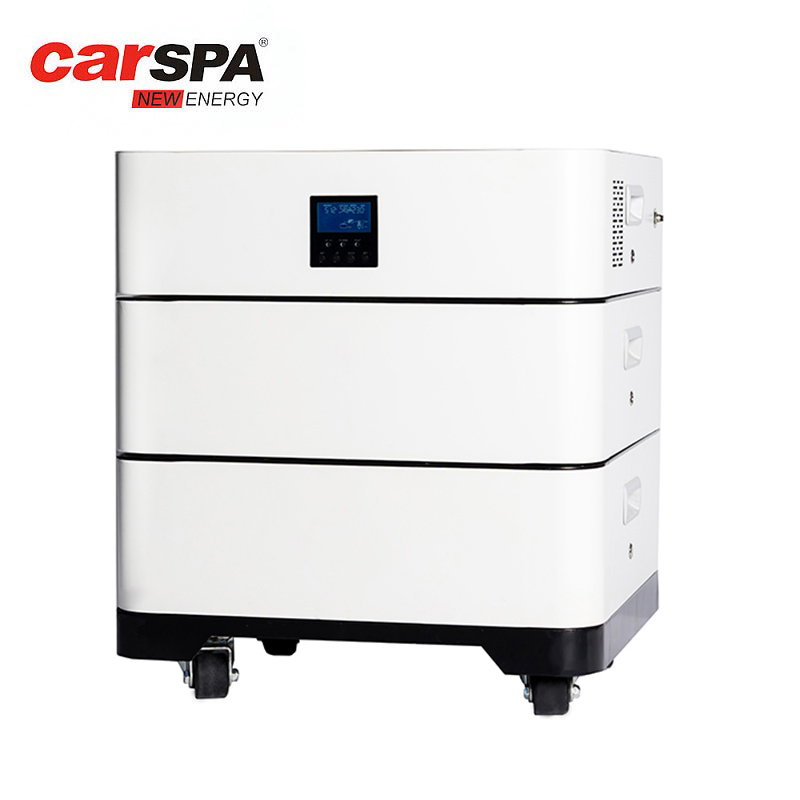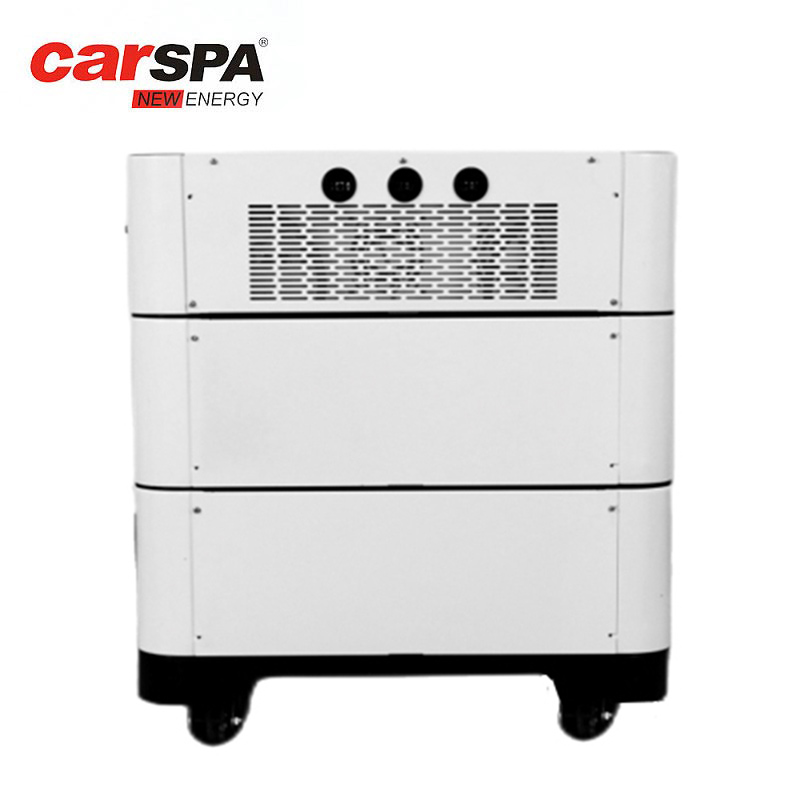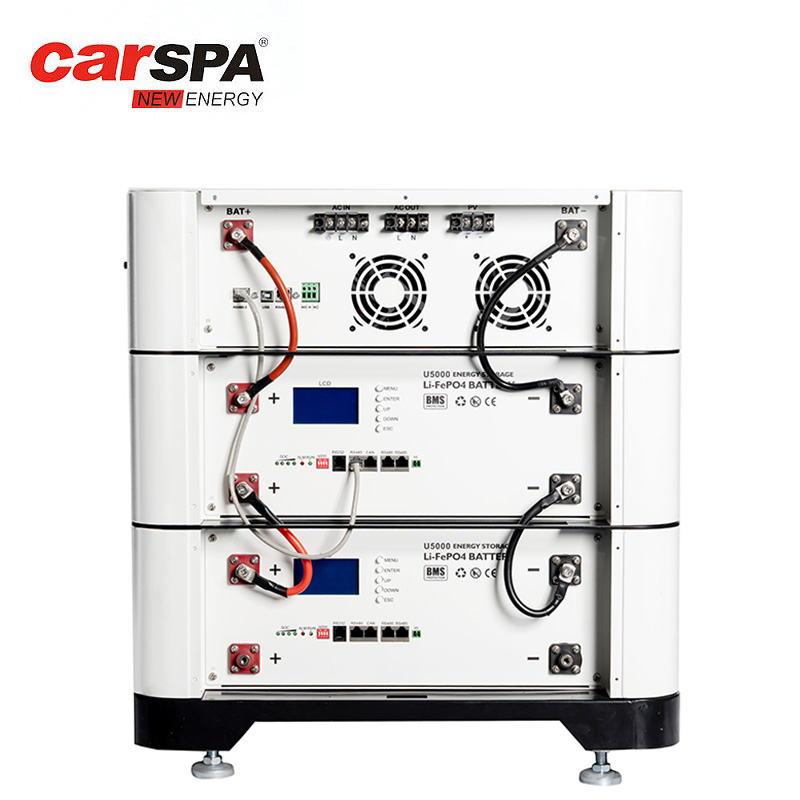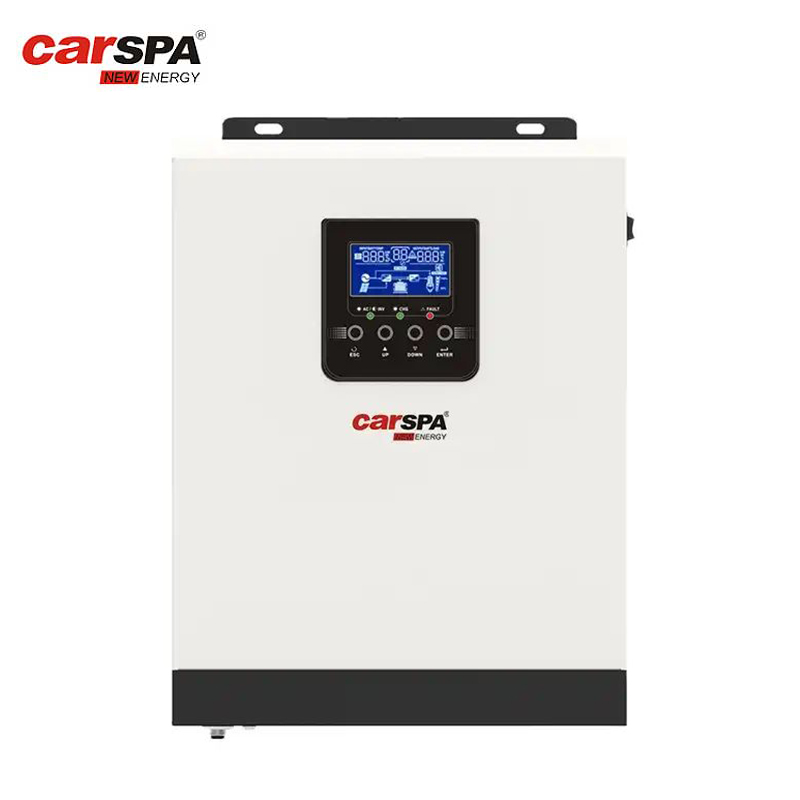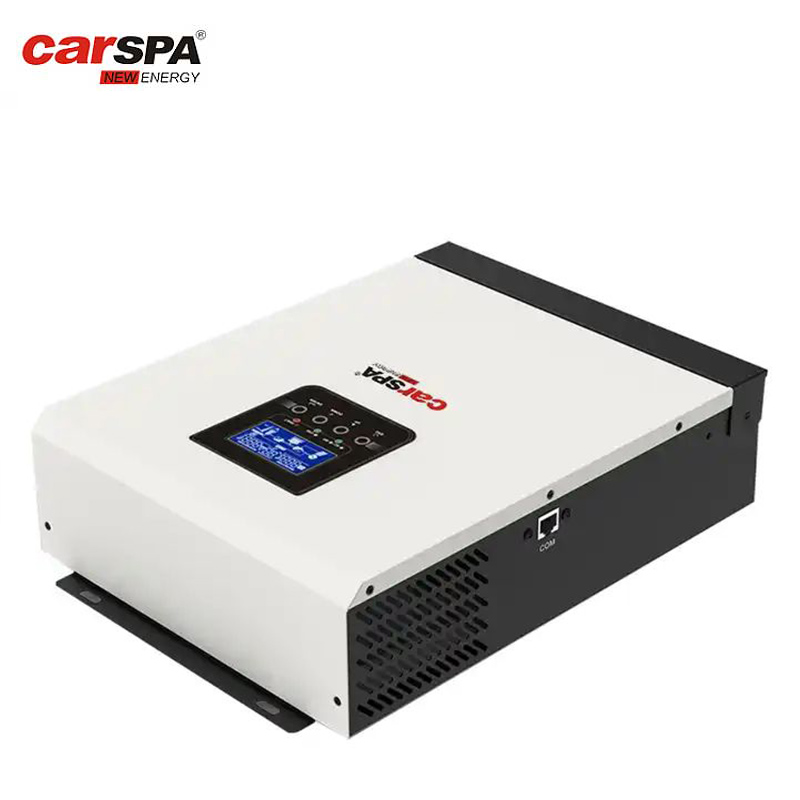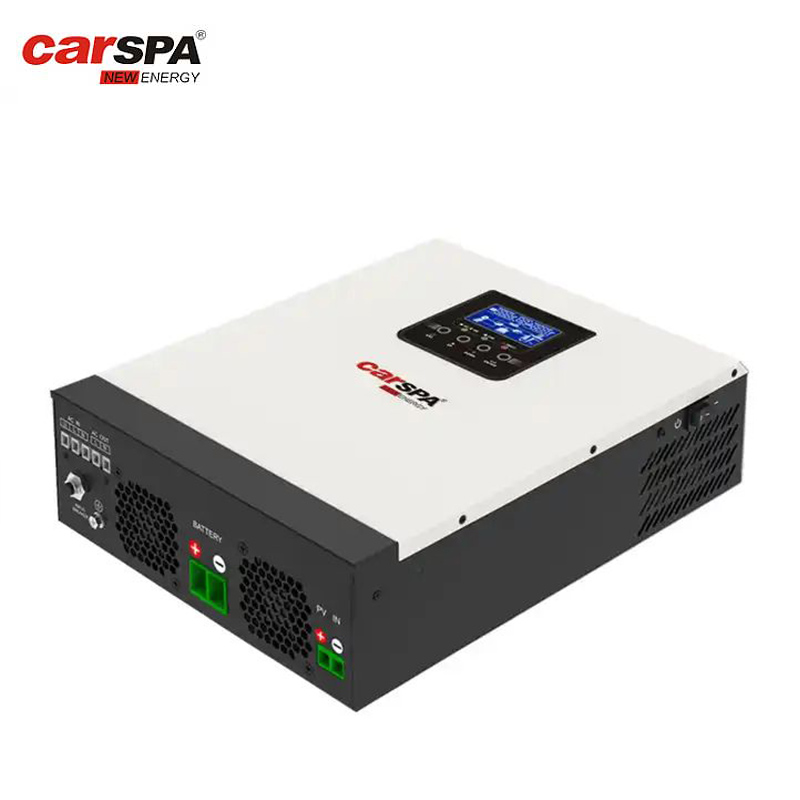how to use power inverter at home

Understanding Power Inverter:
Before delving into the practical aspects of using a power inverters, it's essential to understand what it is and how it works. A power inverter is a device that converts direct current (DC) into alternating current (AC), making it possible to use electronic devices that typically rely on AC power with sources like car batteries or solar panels, which generate DC power.
Choosing the Right Power Inverter
Selecting the appropriate power inverter for your needs is crucial. Inverters come in various sizes and capacities, measured in watts. To determine the right one for you, assess the total wattage of the devices you plan to power simultaneously. Additionally, consider the inverter's waveform – modified sine wave or pure sine wave – as certain appliances may require a specific type of waveform for optimal performance.
Installation Steps:
Safety First:
Before installing a power inverter, prioritize safety. Turn off all connected devices and disconnect the power source. Ensure you are in a well-ventilated area to prevent overheating during the installation process.
Locate a Suitable Location:
Choose an appropriate location for your inverter. It should be well-ventilated and protected from moisture. Mounting it in a cool, dry area will ensure optimal performance and longevity.
Connect to the Battery:
Connect the power inverter to the battery. Most inverters come with built-in cables or clamps for easy connection. Follow the manufacturer's instructions for a secure and stable connection.
Ground the Inverter:
Grounding the inverter is essential for safety. Use a grounding lug to connect the inverter's grounding terminal to a metal surface on the vehicle or a dedicated grounding point.
Connect the AC Devices:
Once the inverter is securely connected to the battery and grounded, you can start connecting your AC devices. Use appropriate AC outlets or install additional outlets if needed. Be mindful of the total wattage to avoid overloading the inverter.
Power On:
Turn on the inverter after ensuring all connections are secure. Some inverters may have a power switch, while others might activate when a load is detected. Refer to the user manual for specific instructions.
Using a Power Inverter in Everyday Scenarios:
Emergency Power Backup:
Power outages can disrupt daily life, but a power inverter can be your savior during such situations. Connect it to a car battery or a dedicated power source, and you can keep essential devices running, such as lights, fans, or a refrigerator.
Camping and Outdoor Activities:
For outdoor enthusiasts, a power inverter paired with a portable power source like a car battery or a solar generator can provide electricity for camping trips. Charge your devices, run small appliances, or power camping lights for a more comfortable outdoor experience.
RV and Boat Power:
Recreational vehicles (RVs) and boats often have DC power systems. A power inverter allows you to use AC-powered appliances and devices while on the go. It's an invaluable addition for those who enjoy life on the road or at sea.
Solar Power Integration:
Combine a power inverter with a solar panel system to create a sustainable and eco-friendly power solution. The inverter converts the DC power generated by the solar panels into usable AC power for your home, reducing reliance on the grid and lowering energy bills.
Maintenance and Troubleshooting:
Regular Inspection:
Periodically inspect your power inverter for any signs of wear, loose connections, or damage. Tighten connections and replace any damaged components to ensure continued reliability.
Battery Maintenance:
If your power inverter is connected to a battery, monitor the battery's health regularly. Recharge it as needed and replace it when its performance diminishes.
Troubleshooting Common Issues:
Familiarize yourself with common issues like overloading, overheating, or short circuits. Most inverters have built-in safety features that automatically shut them down in case of a problem. Consult the user manual for troubleshooting tips.
Conclusion:
In conclusion, using a power inverter at home opens up a world of possibilities for reliable electricity, whether it's for emergency backup, outdoor adventures, or integrating renewable energy sources. By understanding the fundamentals of power inverters, choosing the right device, and following proper installation and maintenance procedures, you can harness power effectively and ensure a seamless flow of electricity in various scenarios. Embrace the versatility and convenience of power inverters to make your home and activities more resilient and enjoyable.


